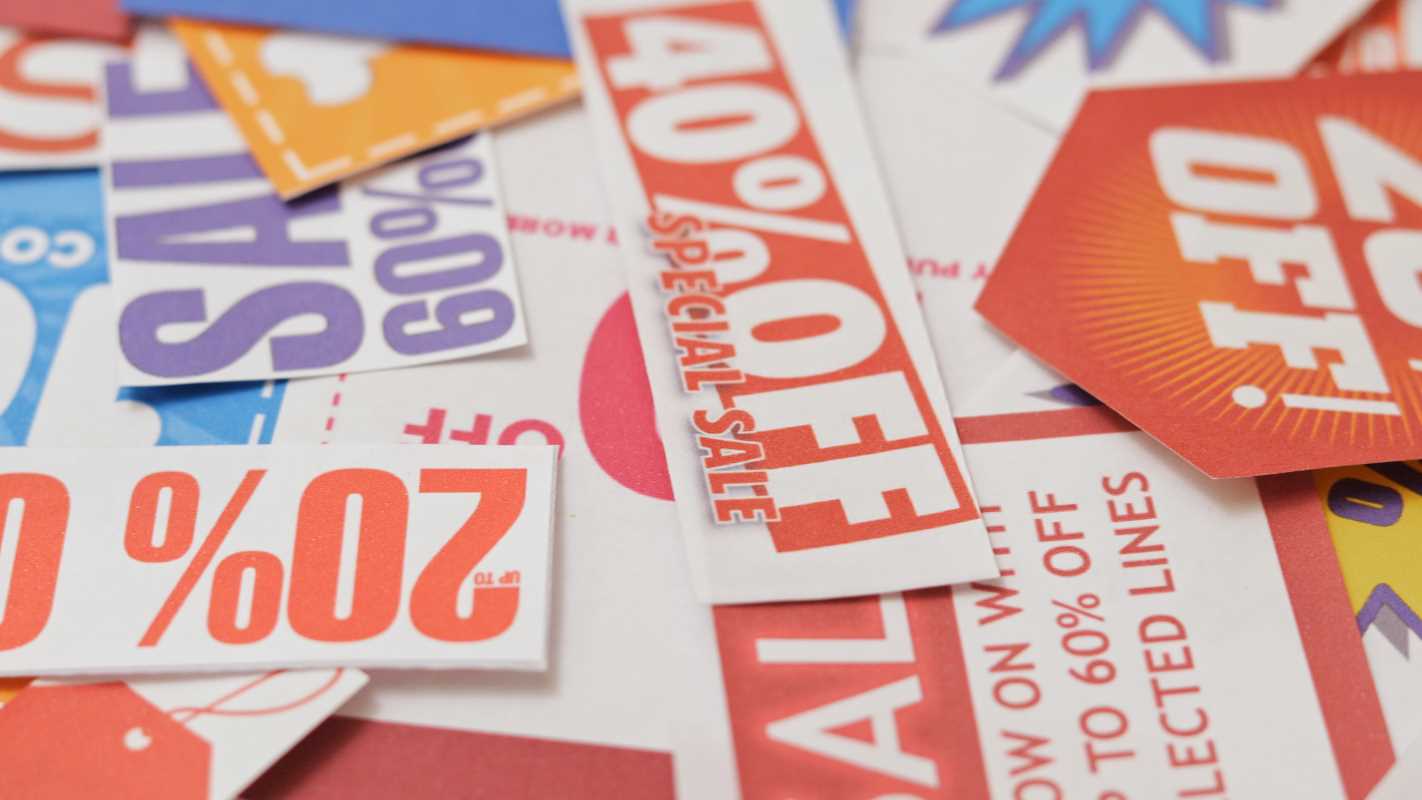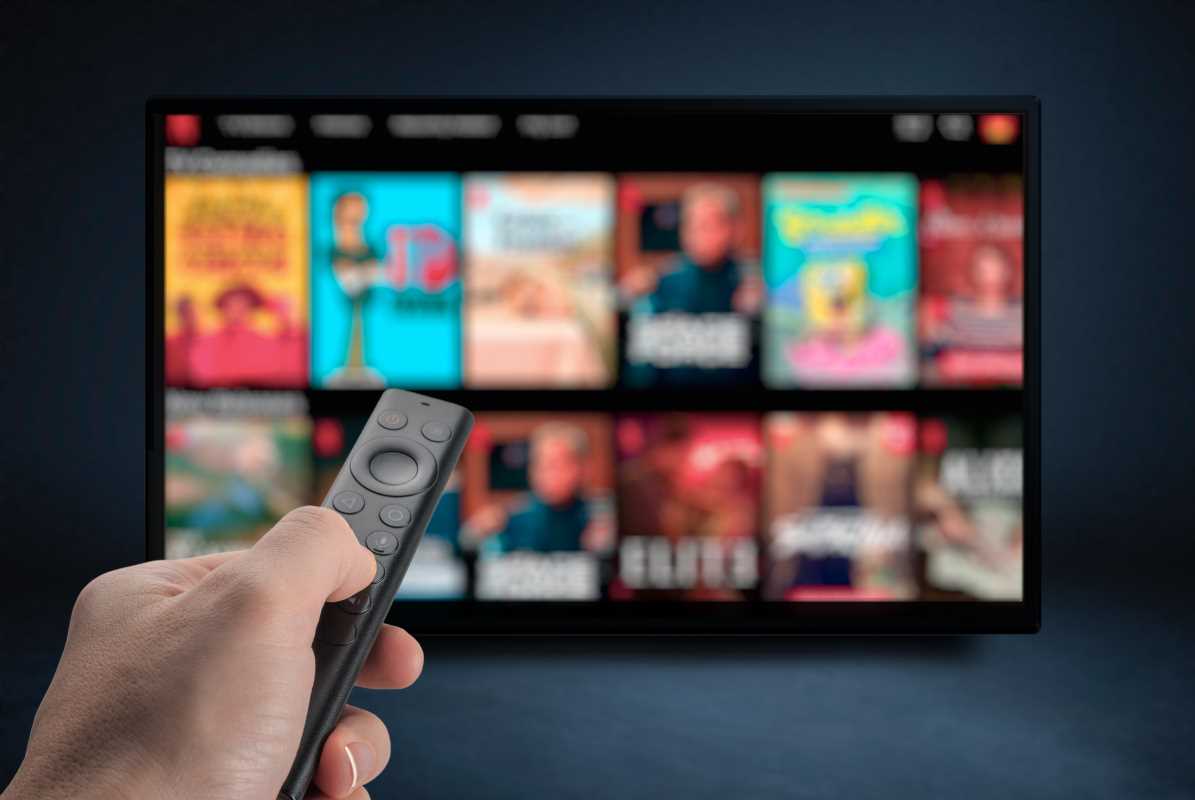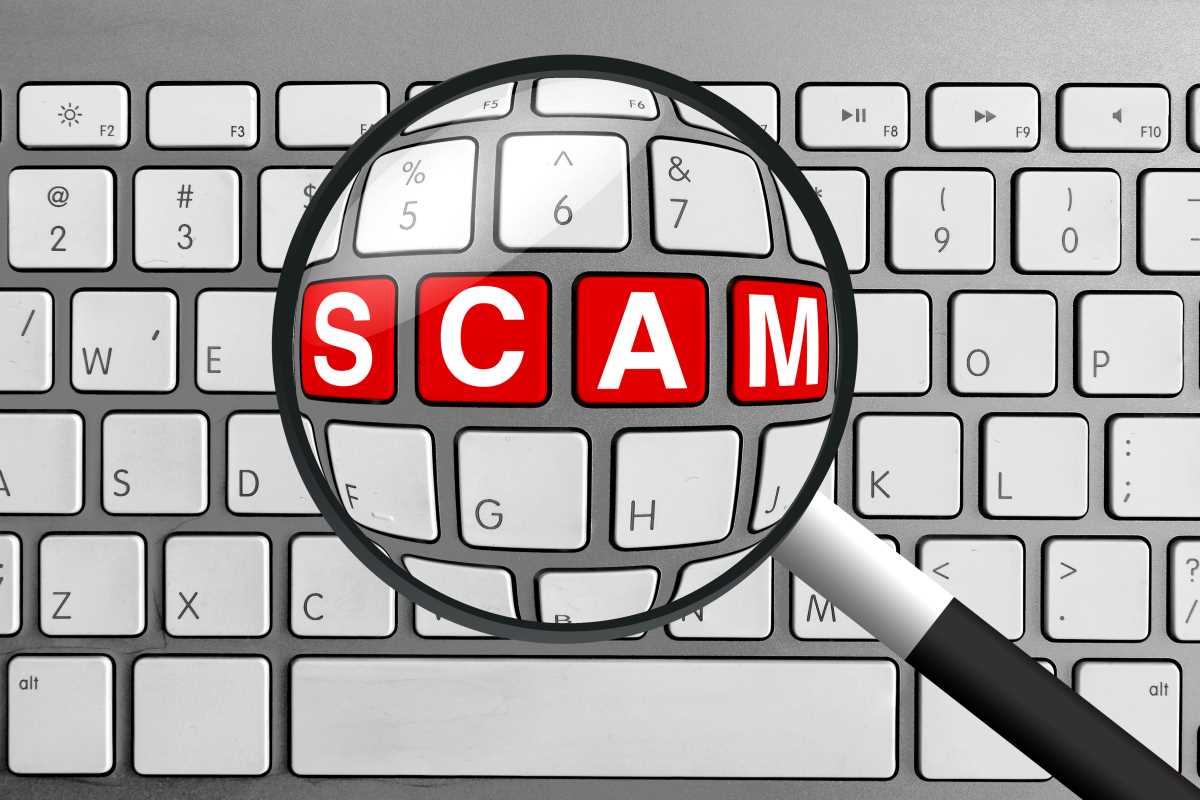Wouldn't it be nice to be those people who pull out a big stack of coupons, and their grocery bill drops by hundreds? Those videos make it seem like a full-time job, but couponing is pretty straightforward. Better yet, it can be an effective way to reduce your expenses without sacrificing quality or enjoyment. For beginners, couponing might seem hard, but with the right approach, you can unlock savings you never thought possible. We're breaking down everything you need to know to get started with couponing—from finding the best deals to using coupons strategically. By the end, you’ll have the tools to save money in ways that work for your lifestyle.
1. Learn the Basics of Couponing
Couponing starts with understanding the types of savings available. Paper coupons are the classics, often found in newspapers or sent directly to your mailbox. Then there are digital coupons, apps, and store rewards systems. They seem to have taken couponing to a whole new level of convenience.
Manufacturer’s coupons give discounts directly from brands, and you can often stack these with store-specific offers for maximum savings. A person could combine a manufacturer’s $1 off coupon with a store’s “buy one, get one half-off” deal, which can result in unbeatable pricing.
Coupons typically outline the product, discount, and expiration date clearly, so knowing how to read them is essential. Start small by practicing with coupons at one store you frequent to avoid feeling overwhelmed.
2. Organize and Track Your Coupons
Having a system to organize your coupons saves time and prevents deals from slipping through the cracks. A simple accordion-style folder or even an envelope system can work, with categories like “Groceries,” “Beauty,” and “Household Goods.” Digital users should create folders within apps or bookmark coupon pages they want to return to.
It’s also important to log expiration dates. Tracking them on a calendar or a productivity app ensures your efforts won’t go to waste by letting deals expire. Apps like Honey or CouponCabin can send notifications when new deals arrive or items you marked as “watched” drop in price.
3. Master Store Policies
Each store has its own coupon policies, and not knowing the rules could result in lost savings or frustration at the checkout counter. Start by visiting your favorite retailers’ websites to review their coupon guidelines.
Some stores allow “coupon stacking,” which means combining store coupons with manufacturer coupons. Others offer double coupon days, where the face value of a coupon doubles. Knowing policies like these at your preferred grocery or drugstore can significantly affect your savings.
4. Use Technology to Your Advantage
Couponing apps and browser extensions can do the heavy lifting, especially for beginners. Apps like Rakuten provide cashback directly into your account, while others like Ibotta offer rebate options for scanning receipts. Websites like RetailMeNot or Coupons.com list thousands of printable or digital coupon codes for everything from groceries to furniture. If you shop online often, browser extensions like Honey automatically apply the best coupon codes at checkout.
5. Plan Your Shopping Around Sales
Viewing weekly store ads helps you target items already marked down. This is where “coupon matching” comes into play. Combining coupons with sales maximizes savings, especially on essentials you already plan to buy.
If a box of cereal is on sale for $2.50 (down from $4.00), and you have a $1.00 off coupon, your final cost drops to $1.50. Timing your shopping around these sales gets you the most bang for your buck.
Something you should also consider is shopping in stores that offer “price matching.” With this feature, stores lower their prices to match a competitor when presented with proof, like a flier or online listing.
6. Build a Stockpile Strategically
Stockpiling saves you money and trips to the store, but it’s important to do it strategically. You should only buy what you’ll realistically use before it goes bad. Look for non-perishable items like toothpaste, shampoo, canned foods, and paper towels to stockpile during steep discounts.
Seasonal clearance events are another excellent time to build your reserves. Post-holiday sales often feature cleaning supplies, beauty products, or snacks at a fraction of the cost. By shopping smart during these windows, your stockpile will stay full, and your wallet will stay happy.
7. Stay Flexible and Open-Minded
Flexibility is an underrated couponing skill. Sticking to certain brands or products can limit your savings potential. Choose the best deals available at any given time. If your favorite laundry detergent isn’t on sale, consider trying an alternative that’s heavily discounted.
Keep an open mind to “crossover deals.” Health food stores often promote organic items at marked-down rates if you bring a digital coupon or loyalty discount, making pricier items more accessible.
8. Join Loyalty and Rewards Programs
Almost every major retailer offers a loyalty card or rewards program, and joining often comes with exclusive coupons or discounts. Many programs reward your purchases with points that can be redeemed for free items or future discounts.
Grocery store loyalty cards frequently come with personalized coupons. Drugstores like CVS or Walgreens offer rewards tied to prescriptions or regular purchases, giving additional reasons to stay loyal to one chain.
Sign up for email newsletters for even more perks. Retailers often send exclusive “members-only” discounts to their subscriber lists. One suggestion is to create an email specifically for couponing, allowing you to organize your coupons more effectively.
9. Shop Off-Peak and Mitigate Missteps
Timing your shopping trips correctly can help avoid stress. Early mornings or weekday afternoons often result in quieter stores and more accessible coupon-processing systems.
Mistakes, like accidentally letting coupons expire, are part of learning. To mitigate errors, double-check your coupons before heading to checkout. Creating a simple grocery list with digital or clipped coupons attached helps streamline the process.
10. Learn the Art of Rebate Apps and Cashbacks
Rebates and cashback apps are modern must-haves for every coupon enthusiast. Ibotta tracks purchases and issues rebates directly to your account after submitting proof of purchase. Another favorite, Fetch Rewards, offers points based on receipt scans, which you can later convert into gift cards.
 (Image via
(Image via
.jpg)




